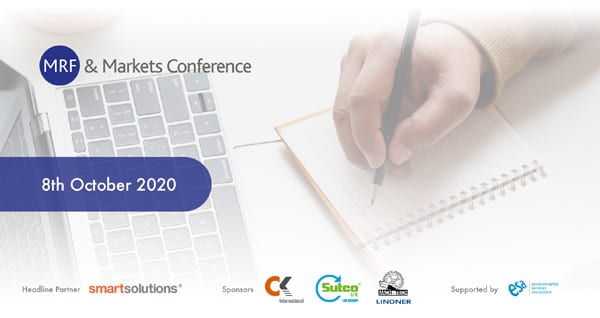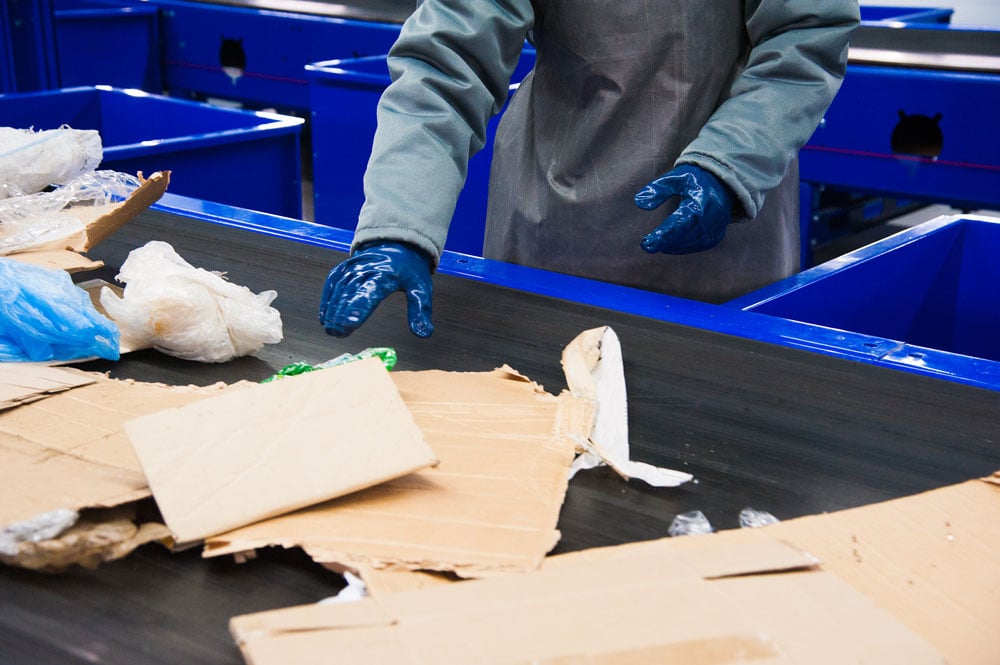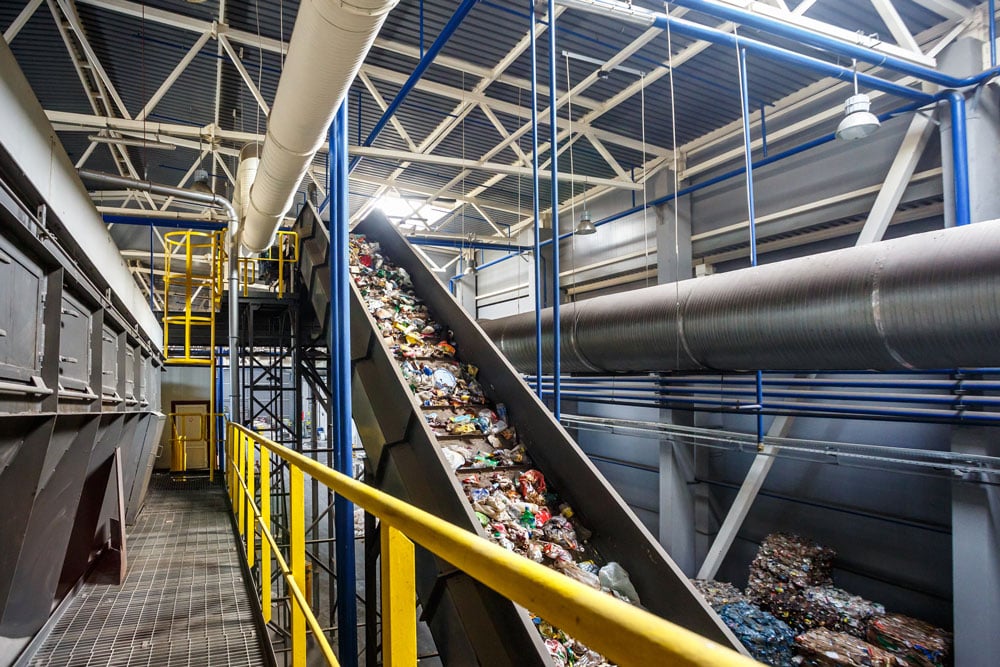Changing Waste Streams and Factors Affecting the Waste Industry: Some of the Talking Points at Last Week’s MRF & Markets Conference
- You are here:
- Home
- CK International News and Events
- Changing Waste Streams and Factors Affecting the Waste Industry: Some of the Talking Points at Last Week’s MRF & Markets Conference

Changing Waste Streams and Factors Affecting the Waste Industry: Some of the Talking Points at Last Week’s MRF & Markets Conference
We were one of the sponsors and attendees at this year’s “virtual” MRF & Markets Conference organised by letsrecycle.com. They hosted an interesting and informative group of speakers and we certainly learnt a lot from them.
Changing Makeup of Waste Streams
The changing makeup of the waste streams was mentioned several times throughout the day. Simon Ellin, CEO from The Recycling Association, spoke about the so-called Amazon effect causing an increase in cardboard and brown paper. As the circulation of newspapers is down by 20-30% this has had a negative impact on News and Pams waste. Tim Gent, director of Recresco, attributed COVID lockdown as a reason for the increase in volumes of glass, with people drinking more alcohol at home. Stuart Hayward-Higham, Technical Development Director at SUEZ explained that the COVID lockdown certainly impacted “on the go” food packaging such as sandwich containers and coffee cups, which experienced a notable decline.
Throughout the day it was clear from several speakers that the changes being seen are not all down to COVID. Joe Doherty, Managing Director of Re-Gen explained that COVID has pushed a lot of this to happen earlier than expected. There are also other factors at play such as producer responsibility, consumer behaviours and Deposit Returns Schemes.
Reconfiguration of MRFs
Several speakers made reference to the fact that MRFs will have to reconfigure to adapt to the changing material mix. Simone Alpin, Technical Director of Anthesis highlighted the key role that MRFs have played in increasing the recycling rate in the UK over the past 20 years but also emphasised the fact that the UK needs more MRF capacity. Consumer behaviour, tighter international standards and demand for recycled plastics has required MRFs to adapt and reconfigure.

Integration of Technology into MRFs
There was plenty of discussion regarding new technology and MRFs. Brexit will affect the availability of pickers and MRFs need to be prepared. Joe Doherty, Re-Gen, showed examples of the Data Management system on their automatic baler. Supplied by CK International, he explained that this data allows them to make informed decisions and improvements to the plant. He also showed photographs from their thermal cameras allowing them to monitor material temperature as it comes out.
Mikela Druckman, Founder & CEO of Greyparrot outlined the role of waste recognition software in monitoring, auditing and sorting waste at scale. Mikela outlined the big challenges for MRFs, such as contamination, expensive manual sampling /sorting and lack of data insight on waste composition. AI-based computer vision has the potential to solve many of these challenges through real-time analysis of waste flows. Imaging to identify different products, colours, recognition of different types of bottles are some of the solutions this provides.

The Future for MRFs
It was clear that there are significant changes ahead in the coming years. Producer responsibility, consumer behaviour, Brexit, tighter international standards will all have a big impact. AI technology is bringing MRFs closer to more efficient manufacturing and production processes. Listening to the speakers at the conference, it seems there are as many opportunities ahead as there are threats. MRFs and the waste industry as a whole need to be prepared for change. As Mr Hayward-Higham said “The only thing I can promise is the new normal is just continual change, and we are not anticipating a ‘return to normal’, pre-Covid, level of waste until 2023.”
